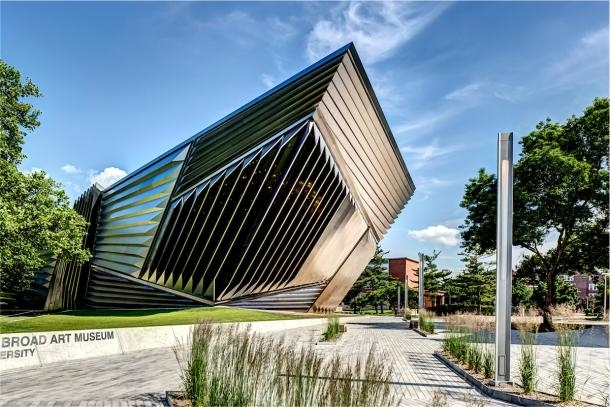This is adapted from a presentation for BuiltWorlds Future Workplace Forum, which occurred on June 14, 2018. Slight modifications in the text have been made to fit this format.
For all of you in the building industry, you know that Architecture, Engineering, and Construction are about relationships. All projects in construction are projects of collaboration, and the success or failure of projects is largely determined by the success or failure of communication. And in most cases, the failure to communicate is rooted in speaking dissimilar languages and coming from different backgrounds. While architecture studio classes develop the skills for presenting one’s own work, they do not typically take into account how to communicate with the myriad other people involved in construction. Knowing this lack exists in architecture school, it’s no small leap to imagine it is also lacking in engineering and construction pedagogy. So how do you help your colleagues bridge this gap for a clear path to success?
